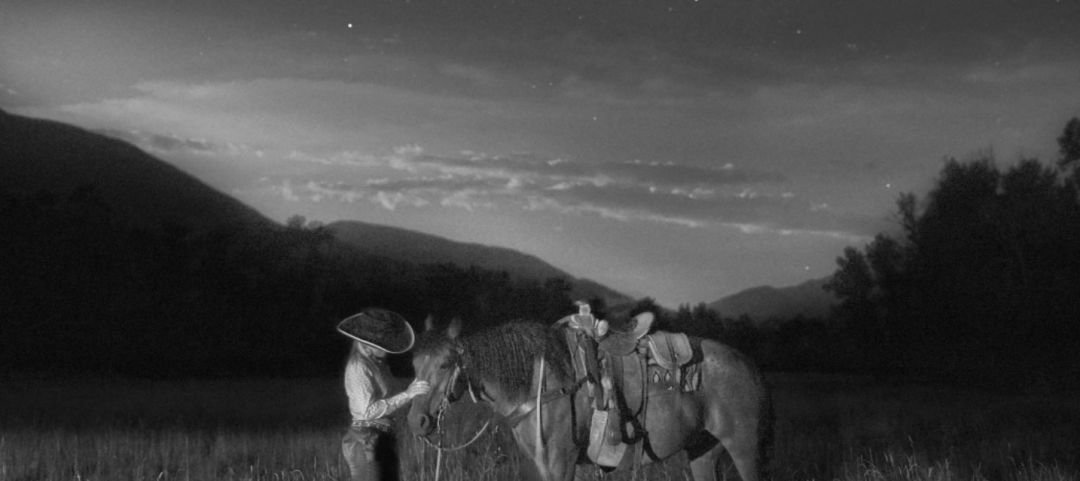My resumé of Montana travels is strongest around Bozeman, and in southwest Montana in general. Been there, done that, in the mountains, valleys, canyons, and rivers. It is also extensive to the west and north, camping and exploring from here to the Idaho and Canadian borders. It is respectable along the I-90 corridor east and south to Wyoming. In addition, I have made a few trips to Glendive, Glasgow, Fort Peck, and Fort Union. Even driven parts of the Highline. But in the vast middle of the state, east of Lewistown, west of Miles City, north of Billings, and south of Malta, not so much. There are entire counties, whole grids on the atlas that I’ve not yet explored. Earlier this year, discovering some more of that area became a project to be undertaken.
By May, certainly June, I am ready to get outside. But from hard experience, I know that the mountains are still in winter mode. Postholing trails deep in snow wearing shorts is interesting but not necessarily fun. Better to head to the sunny plains. Our plan was to drive to Lewistown, gather some information, then head north into the Missouri Breaks. We thought that the American Prairie Visitor Center would be a good place to get some ideas. I got online to check their hours and found that Ken Burns was going to be there the next day. He would be giving a talk about his latest project, The American Buffalo.
Wow! The most renowned documentary filmmaker in the country, coming to Montana for a free presentation. Our plan had been to spend the day ‘summerizing’ the camper, packing and provisioning, then leave in the morning. Instead, my wife Ruth made hotel reservations in Lewistown, we jumped in the car, and left within an hour.
Ken Burns has been producing documentary films since the 1980s. His American history topics are as varied as the Civil War, Baseball, Jazz, and the National Parks. His technique of still photographs and vintage film interspersed with experts commentating on the subjects has become familiar and iconic in our culture. Burns’ list of accolades and awards covers an entire page on Wikipedia. He would be appearing at the American Prairie Center. We were on our way.
We had spent time in Lewistown when our nephew played in a state baseball tournament there a few years ago. I had heard the town praised as; “What Bozeman used to be.” I could see no connection at all. Bozeman is first and last a college town, and an outpost on the Interstate 90 cultural corridor that runs west to Missoula and then to the coast. Also, Bozeman serves as a gateway to Yellowstone and Big Sky, and many other recreational activities. Lewistown, on the other hand, is very isolated, the largest town in that vast area mentioned earlier, central Montana. It serves as a hub for myriad agricultural pursuits in several counties. It has a small town feel with a busy vibe.
As we approached Lewistown from the west, we noticed that the US 87/ MT 200 highways were lined with farm implements, and we passed farm-related businesses that make the community an agricultural hub. On the right, the Kiwanis Park is great for camping, and for views of the Big Snowy Range to the south. A jog in the road brings one down the hill onto Main Street (kinda like Bozeman). We were booked into the Calvert Hotel, a historic building just off downtown. Originally built as a dorm for high school students from the farms and ranches in the countryside, the Calvert has been a hotel for close to one hundred years. We enjoyed the old feel combined with modern amenities. Lewistown has a great trail system and a number of parks with towering cottonwoods. We explored them during our quick stay but first walked along Main Street, browsing the shops.
The American Prairie Visitor Center is located in a renovated stone building on Main Street. This seems to fit in with the community more than would a new facility somewhere on the outskirts. We toured the center and confirmed the times for the Burns presentation the following day. American Prairie’s mission is to restore an area of land to a previous ecosystem that existed for thousands of years. The plan involves purchasing and leasing land to link up the already extensive preserves of the Missouri Breaks National Monument and the CMR Wildlife Refuge with other public land. A large part of the proposal is the reintroduction of wild buffalo to the land. This specific portion of their goal, along with the overall project, has caused controversy with local ranchers and others. An initial issue of the possibility of disease spreading from the bison to cattle seems to have been solved by monitoring and vaccination of the herd, plus the absence of any of these problems in other areas where buffalo and cattle have cohabited in commercial operations. Those we spoke to at the center were very aware of the impact of their vision. They possessed an attitude of cooperation rather than coercion. They have introduced programs to help ranchers, rather than hinder their already difficult profession. Most importantly, they spoke of their jobs on the land; though they were in the building to prepare for the presentation, they longed to be at work outside.
That evening we walked the streets and trails of Lewistown. It began to rain, a series of spring showers that continued into the night, and intermittently throughout the following day. I realized that my original plan to camp would have been impossible. The roads up in the Breaks are gumbo. At times, people have been stuck for days. In town was the place to be. In the morning, the Calvert provided a delicious breakfast buffet in their basement dining room, always a plus for me.

Ken Burns was accompanied by his longtime collaborator, Julie Dunfey, and by Dayton Duncan. In the early 1980s, Duncan had traveled the Lewis and Clark Trail in a van, and had written the book Out West. I had been interested in the Expedition in college and had written a couple of term papers on that subject. Reading Duncan’s book had brought that interest back for me years later, and it has never waned. I felt that he was a kindred spirit. He had begun working with Ken Burns on the Lewis and Clark film; the two of them had written and collaborated on many other projects.
When we arrived at the visitor center, there were less than two hundred people gathered. There were several showings of a trailer for the film that lasted about ten minutes. It featured familiar Burns themes. There were majestic scenery shots of the prairie and the Missouri country, and film of the buffalo herds on the land. Intimate talks from experts in the field including Native Americans and wildlife scientists followed. Afterward, we all filed into the Clyde Aspevig Event Center, which displays a huge painting of the prairie by this world famous artist, a Montana native. Aspevig had also come for the presentation.
On the dais, Ken, Julie, and Dayton were seated, and spoke informally. Ken stated that the story of the American Buffalo comprised three eras; first, the historic development of the species and the interaction of the buffalo and the Indian until the demise of both in the 1880s; second, the task undertaken by varied persons to save the buffalo from extinction, and, lastly, the future. His film covers the first two periods. The future, he said, is up to the public and organizations like American Prairie. There was a humorous dialogue between Dayton Duncan and Burns as Duncan explained why the film used the word buffalo rather than the official scientific name, bison. He spoke at length, and Burns wryly admonished his too long, too technical monologue. It was fun to listen to their interaction.
The Ken Burns documentary film, The American Buffalo airs on PBS on October 16th, 2023. Viewers will benefit from his unique combination of entertainment and education. The film can also provide a forum for evaluating the mission of American Prairie. One of their objectives is complete public access to all of these lands.
After the presentation, I did something I rarely do. I approached Dayton Duncan, introduced myself and praised his book for the positive effect it had for me. We shook hands and I turned to go. Ken Burns was a foot away, I smiled and walked away; bothering one person a day is my limit. We left Lewistown that afternoon, enjoying the rolling green look of the spring prairie as we drove home to Bozeman. I was already planning a trip up into the Missouri Breaks when the rains passed.




 Photo: Joey Wishart
Photo: Joey Wishart
News Comments
This is so typical of a sign in, which we should not have to do to check if we or some one in our party got a permit. I have been working or "creating an account" for 30 minutes and just get the same ...
Smith River permit drawing results available
Sunday, Mar. 10, 2024
I have struggled with this podcast and my own participation therein, the event itself obviously traumatic, but beyond that my inability to reach anyone and convey anything resembling truth. The person ...
Billings, MT Case Becomes True Crime Podcast | 'An Absurd Result'
Marktokarski
Saturday, Jan. 20, 2024
Why not leave those cheerful, colorful garlands up longer? What’s the rush?
Main Street Closed Jan 2
Saturday, Dec. 30, 2023
You do not have the authority to determine what may or may not be sensitive lands! This is an example of extreme overreach on your part.
City of Bozeman, Gallatin County Adopt Sensitive Lands Protection Plan
Friday, Dec. 22, 2023